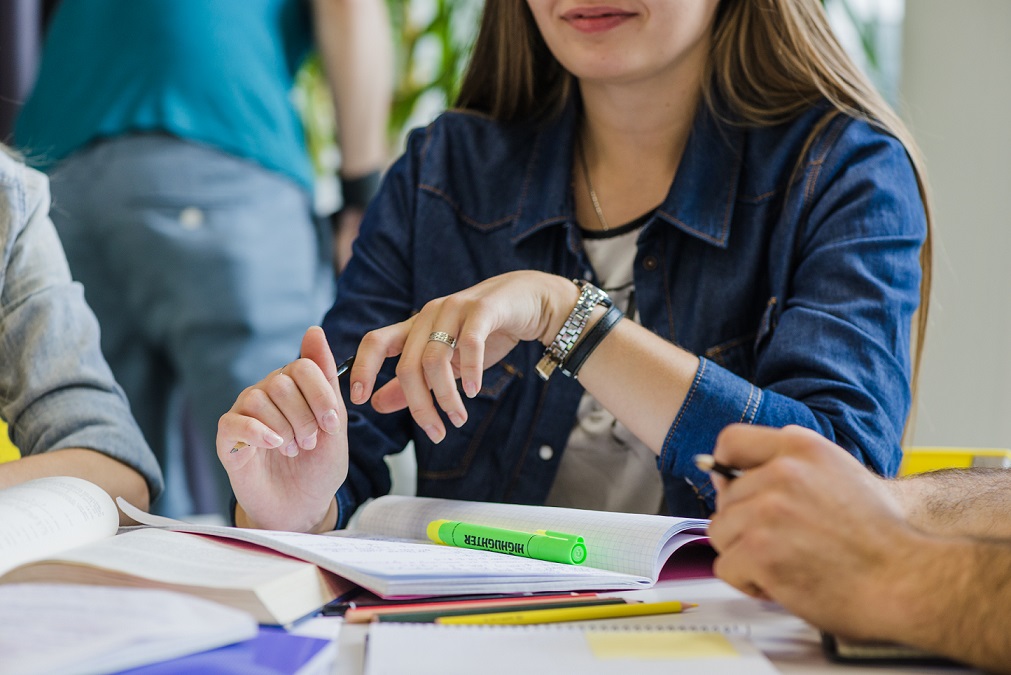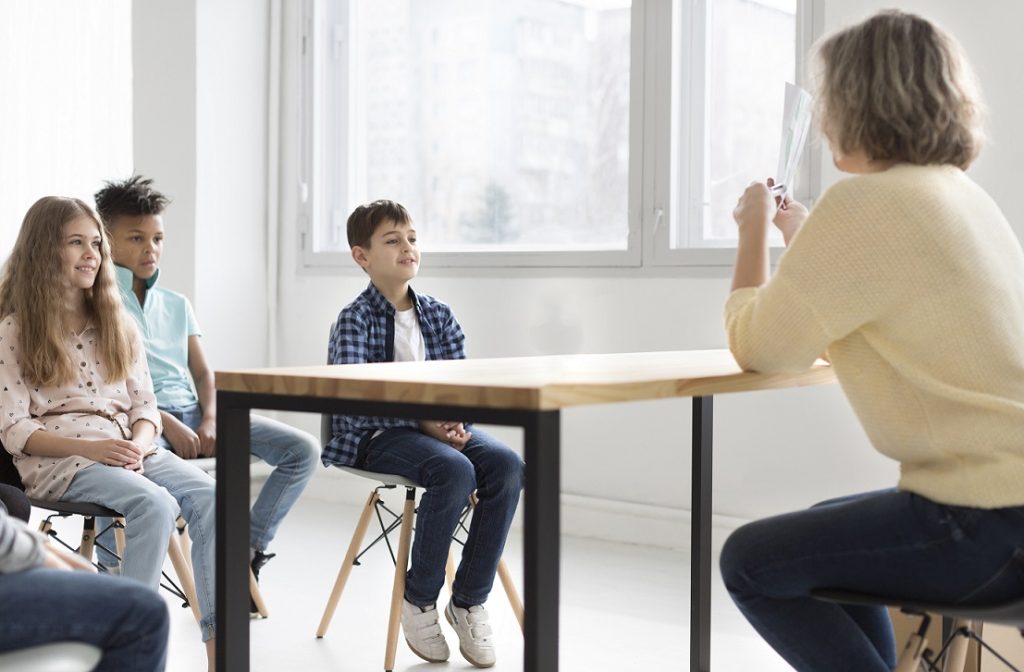How mediation can be part of a broader approach to peace education in schools and in wider society.
The mediation It is usually summarized as conflict management/resolution or as establishing consensual agreements. In the educational context it is not possible to summarize the concept but rather, on the contrary, to expand the idea of mediation. Educational mediation does not only consist of resolving specific conflicts between equals and is not based on learning useful tools to manage conflicts. In educational centers, a comprehensive and long-term approach is carried out that includes many other actions that involve the entire educative community.
To achieve a complete approach, the students, the teaching team, mothers and fathers must be involved. In this way, the people who surround the boys and girls in the different contexts where they spend most of the day (school and home) will instill in the minors the same system of functioning in the face of conflict, the assumption of responsibilities, effective communication, the use of useful tools, etc.
It would be of little use to teach students to negotiate if the teaching team itself does not promote peaceful and dialogued meetings. In the same way, outside the educational center, mediation would not be applied in homes if parents impose solutions without evaluating all the possibilities or even ignoring the needs and opinions of their sons and daughters. For this reason, intervention in educational centers includes the entire community in order to create linearity and coherence in the interventions, which provide security to students when it comes to acting.

The approach applied in educational centers sows the seed to create a culture of peace, promoting experiential learning in which students know and recognize how conflict arises and evolves. Once immersed in conflictology, they are taught to prevent conflicts that are avoidable through effective communication.
Not only does mediation work from its preventive scope, but the interventive part must also be worked on. The conflicts They are inevitable and will arise, the idea is that since they have learned to identify them, those who cannot prevent them must manage them correctly.
The responsibility given to the student mediators is based on promoting an improvement in coexistence, not only in the classroom but throughout the educational center. The vision that the rest of the students have about the student mediator consists largely of assessing how a person outside the conflict, but equal in age and conditions to the people involved in it, is capable of playing such an important role that facilitates the communication, the clarification of conflict situations, the generation of solution options and the achievement of viable and lasting agreements.
When the rest of the students discover the figure of the student mediator, they aspire to have these capabilities and assume their functions, since these people become placed in a situation of admiration for the rest of their peers; they are also people especially considered by the student. staff of the educational center and by the citizens for being promoters of peaceful coexistence.

The provision of mediating tools to minors promotes that what they learn in the educational center is later applied to them. other contexts (home, leisure spaces, public spaces, etc.).
The teachings that are carried out with the students in educational centers create a culture of peace because it affects the entire educational community and from there an influence is generated in society in general that promotes the mediating attitude to be contagious, creating a path towards change. of social paradigm.
The ultimate goal is to ensure that future generations are mediators when dealing with conflicts between equals. Reduce situations inequality, bullying, cyberbullying, among others.
Knowledge in family mediation opens the doors to a future full of understanding, harmony and solutions. Study with passion and become the agent of change that families need! Reserve your place in the International School of Mediation.




